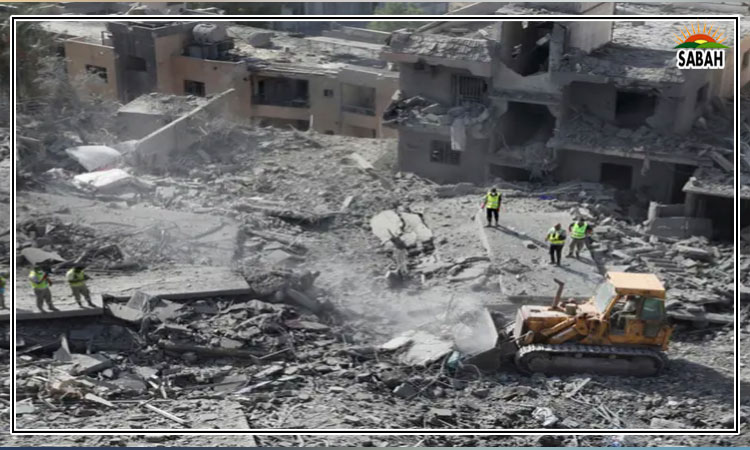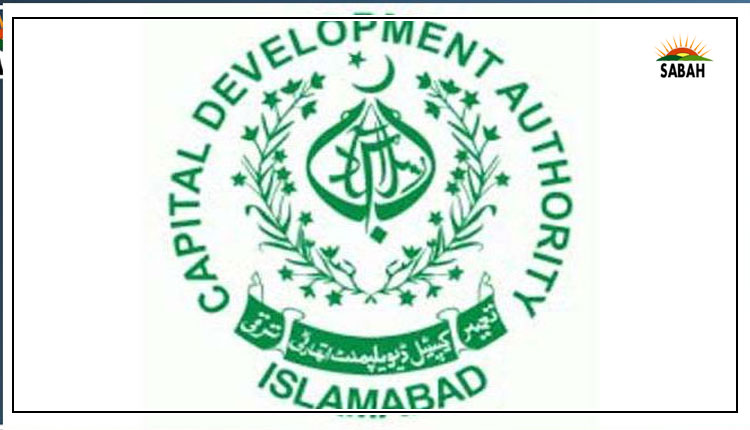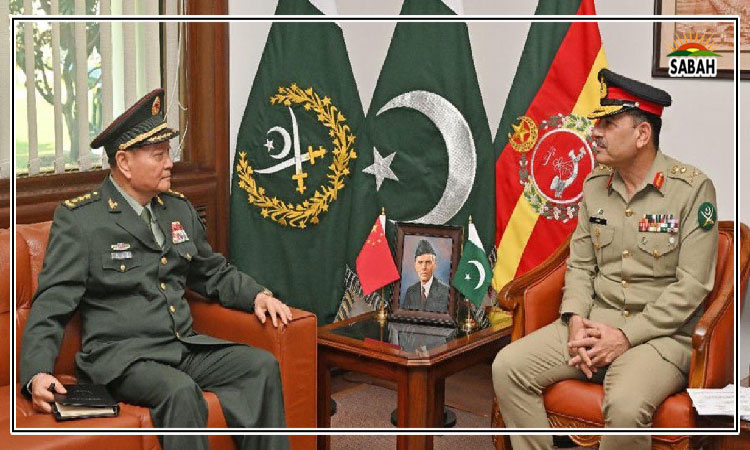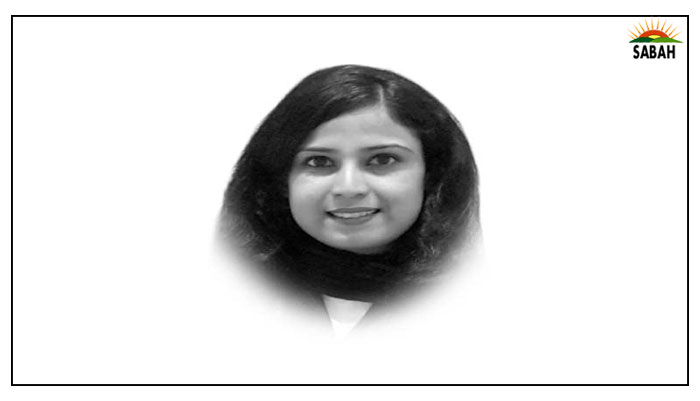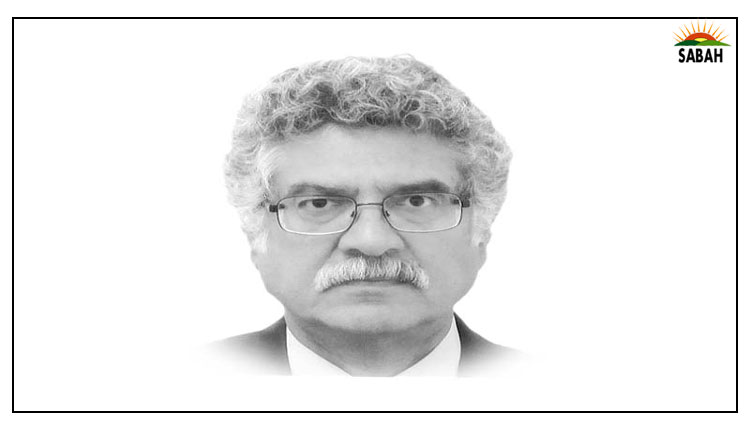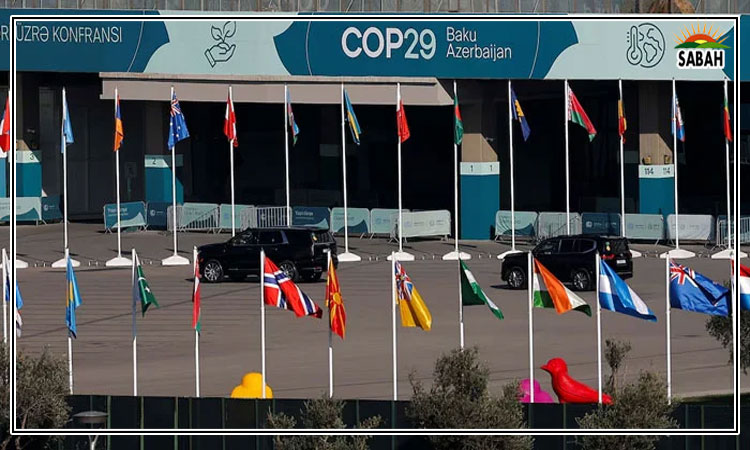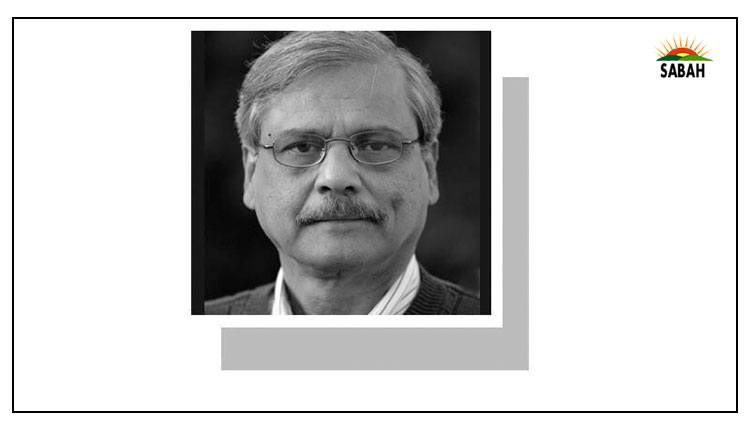Understanding tribal conflict…Sara Malkani
LAST week, the Women Action Forum (WAF) held an event in Karachi on the impact of tribal conflict in Sindh. While Sindhi media regularly reports incidents of violence, the mainstream press covers murders of prominent persons from time to time. The murder of IBA professor Dr Ajmal Sawand in April 2023 in Kandhkot was widely reported. According to the police, the murder was perpetrated by members of the Sundrani clan, who had long-standing enmity with the Sawand tribe purportedly over a matter of honour.
Speakers at the WAF event talked about how women are often directly targeted in these conflicts. They are kidnapped or even killed. Indirectly, women and children are gravely impacted when all men in their family, often bread earners, become vulnerable to violence. Criminal practices such as bride-swapping persist to resolve feuds between clans.
To tackle tribal violence, we must first understand it. Journalist Riaz Sohail, speaking at the WAF event, shared insights from the field that complicate the conventional understanding of the nature of tribal violence.
Clans in Sindh that identify themselves today as tribes are not necessarily historical groups. Many of them are modern associations and should be likened to criminal gangs. Self-appointed sardars or tribal chiefs claim to lead these groups, but these sardars are not necessarily persons with any generational claim to the title. In this sense, many of the so-called tribes in Sindh today may not be very different from criminal gangs in urban areas or from the Italian mafia families popularised in many Hollywood films. In Sindh, it often suits such clans to adopt the label of tribe as this gives them greater power in the eyes of the media and public, and allows them to wield more influence with the state.
Far from challenging the writ of the Pakistani state, tribalism serves to entrench it even further.
Journalist Riaz Sohail also reported that crimes are often given a tribal label by the media even when incidents do not necessarily have roots in tribal disputes and the parties involved do not necessarily claim a tribal affiliation. When the media emphasises the tribal or clan affiliations of parties in a crime or dispute, the incident assumes a tribal identity.
The result of such characterisation is often mass criminalisation. FIRs in crimes that are deemed tribal will sometimes name dozens of men as accused persons simply because of their perceived tribal affiliation, even though many of them have nothing to do with the crime. This leads to the arrest of innocent men who spend many months in pre-trial or under-trial detention.
Other speakers at the event including Anis Haroon and Anita Pinjani discussed the causes of tribal conflict. Tribes and their sardars gain strength with the breakdown of state institutions that are meant to prevent and punish crimes. The failure of the judiciary to resolve civil disputes and protect property rights means that people often turn to jirgas for justice, further entrenching the tribal system. The lack of meaningful education and employment opportunities also makes people cling to tribal sardars.
While tribal sardars are non-state actors filling in the gap left by a weak state, the relationship between the tribe and state actors is not necessarily antagonistic. To the contrary, many tribal leaders develop strong relationships with government officers, including law enforcement. Many even hold elected offices and become part of the government.
In fact, tribalism, far from challenging the writ of the Pakistani state as it exists, serves to entrench it even further. It becomes far easier for an extractive state to control resources and subjugate a population that is divided and embroiled in internal conflicts. The people of Sindh divide so that the military, industrial and landed elite continue to rule.
It is by no means a recent trend for the state to use tribalism to strengthen itself. British colonisers recognised early on in their rule that a population can be subjugated more effectively through tribes rather than the rule of law. The (former) Federally Administered Tribal Areas are a grim example of this, where colonisers institutionalised tribal authority, legitimised jirga justice, denied due process to inhabitants and appointed political agents through which they asserted their extractive rule. Far from being lawless, the tribal areas were ruled by a law of the most draconian kind.
Speakers at the WAF event talked about how to overcome tribal conflict. Shehnaz Wazir Ali and Riaz Shaikh of Szabist emphasised the role of education in empowering the people of Sindh to end tribalism. They noted, however, that the education offered today is censored and distorted to fit political and cultural narratives, and so does not have a liberating potential.
We can draw lessons from movements and leaders in our history who have addressed tribalism through struggles for social reform. Unfortunately, these examples have been purged from the history books taught in our schools and colleges. The Khudai Khidmatgar Movement from the early 20th century led by Abdul Ghaffar Khan and other enlightened Pakhtuns aimed to eliminate tribalism through progressive education that instils values of equality among social groups and genders. Abdul Ghaffar Khan recognised that tribalism was a tool of the powerful to keep the weak ignorant and promote petty interests of a local elite that enslaved itself to colonial masters.
The Khudai Khidmatgar Movement started as a social reform struggle and not as a freedom or a secessionist movement. The colonisers were nonetheless gravely threatened by it because tribal conflict was a source of their power; thus began brutal reprisals against a peaceful non-violent movement.
Movements that work towards unity, social justice and gender equality can ultimately end tribal conflict. But such movements will face resistance from those who promote the worst kind of lawlessness in the name of security and national interest.
Courtesy Dawn



